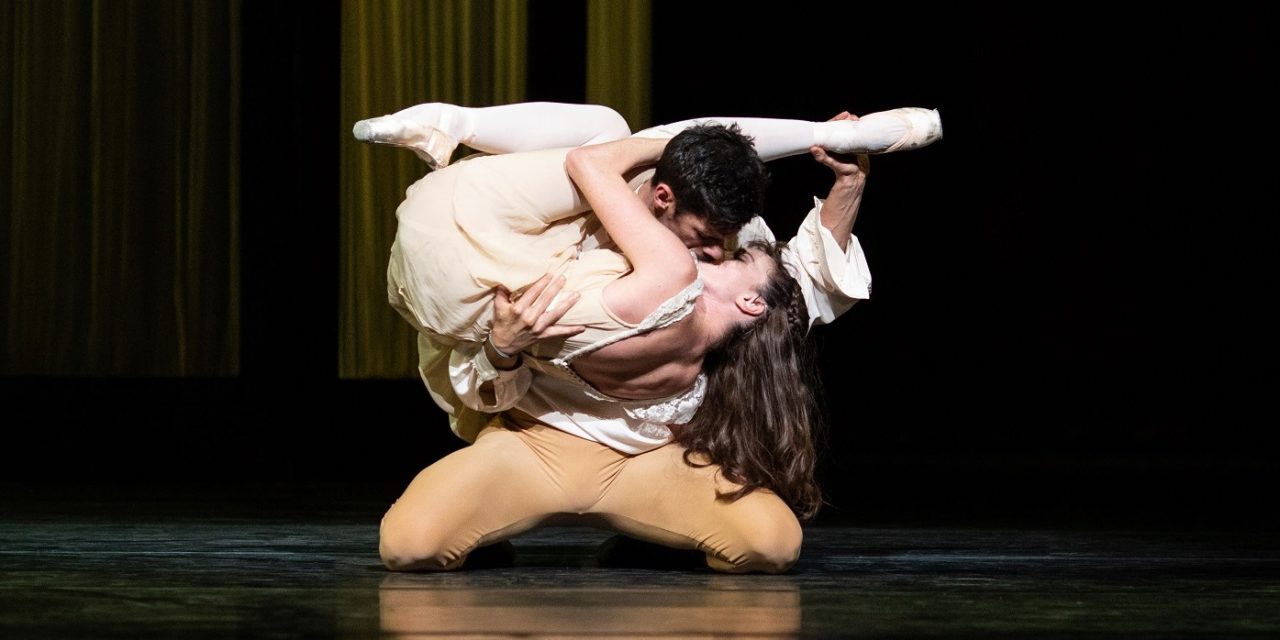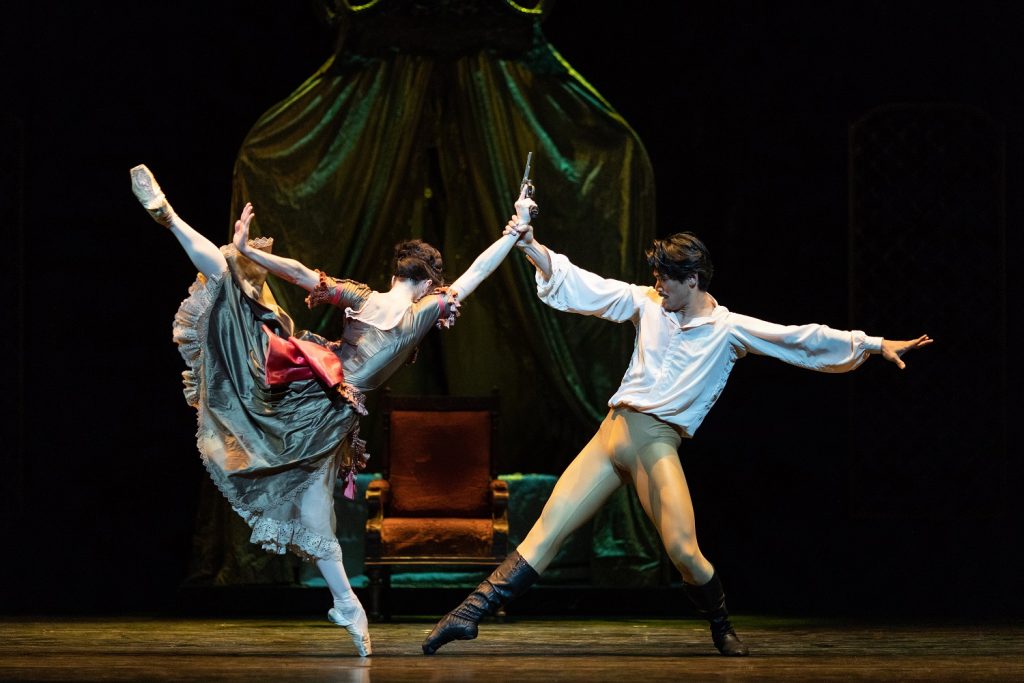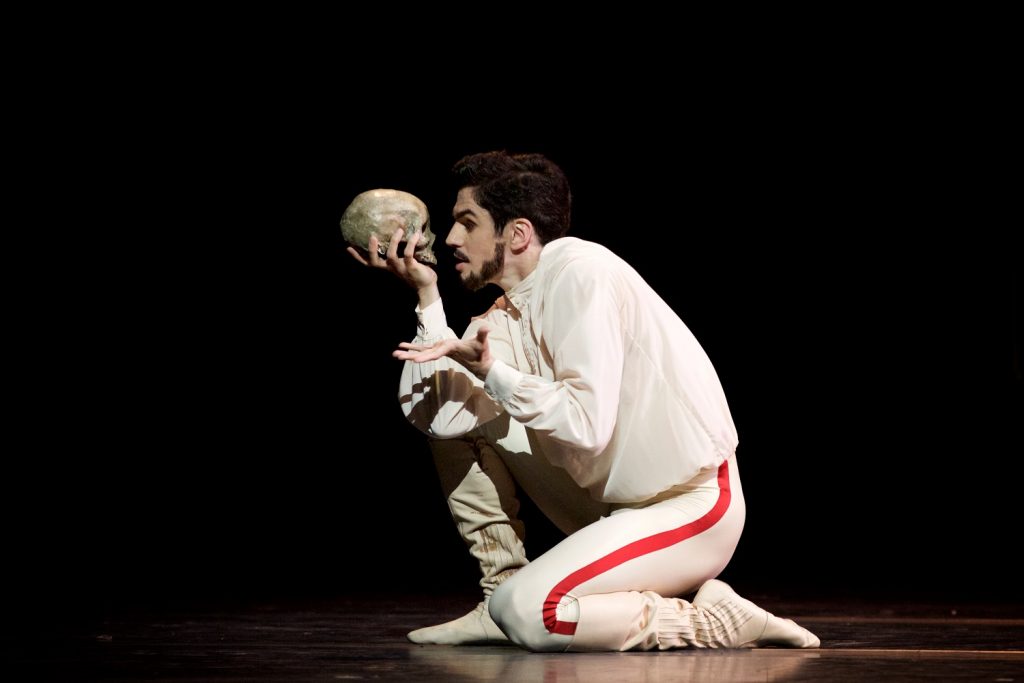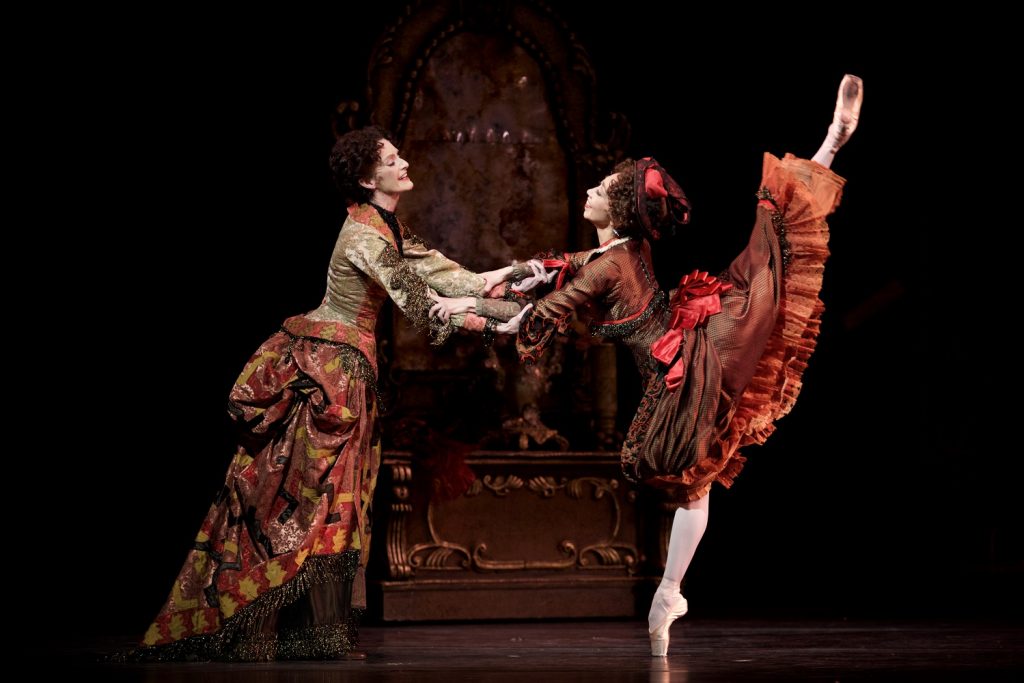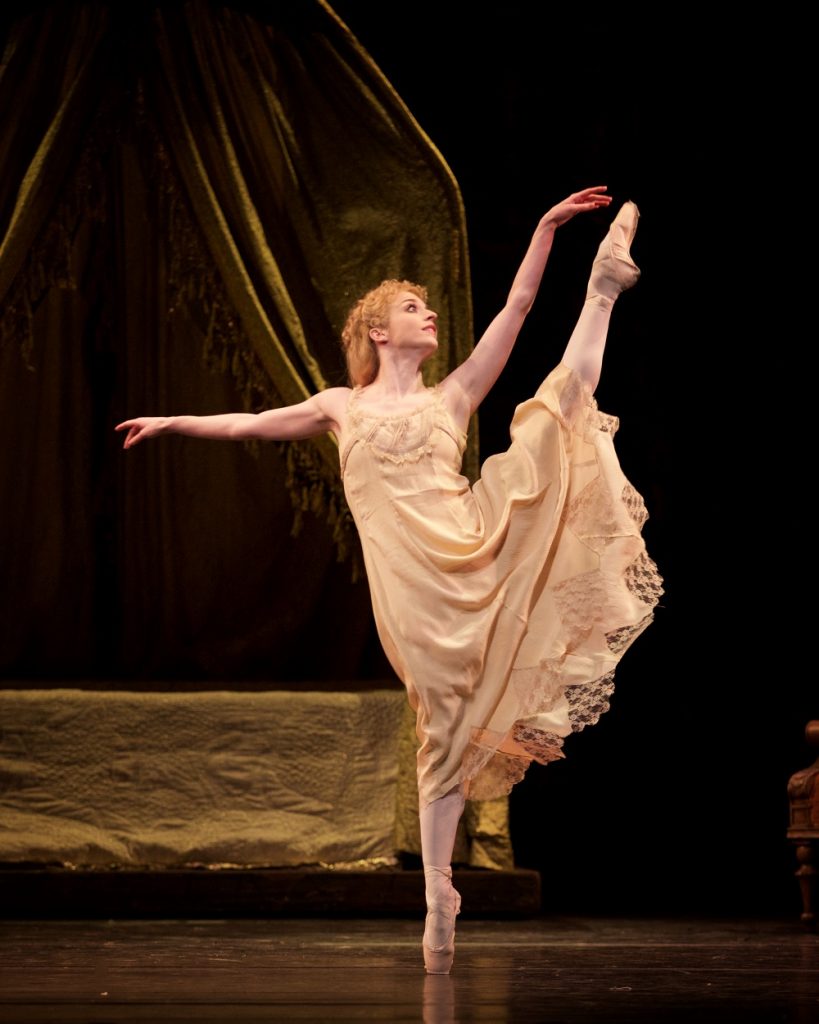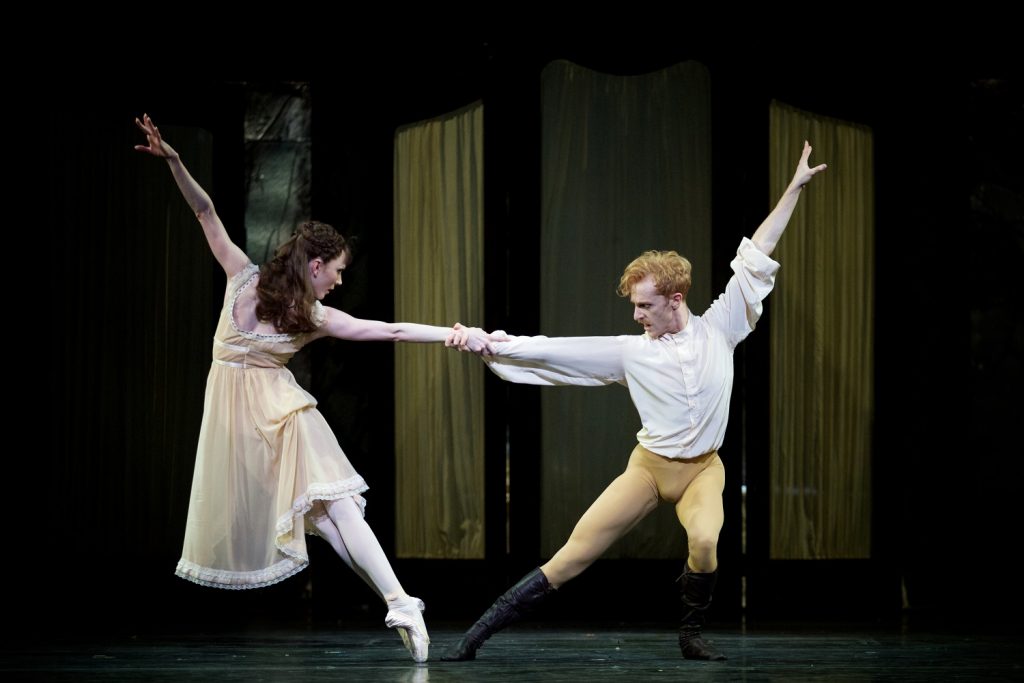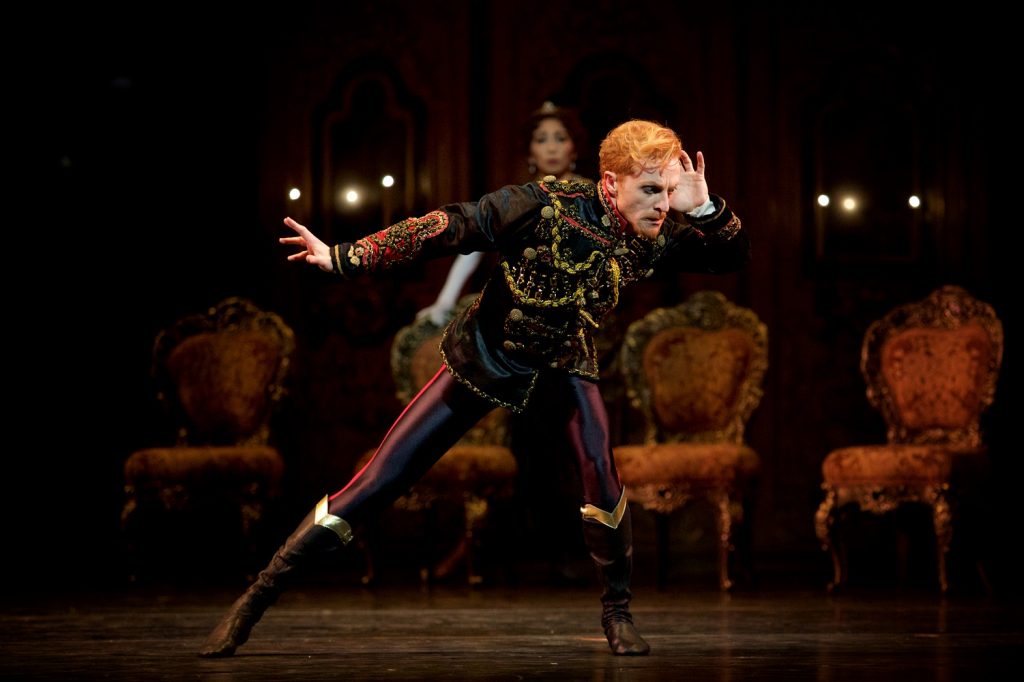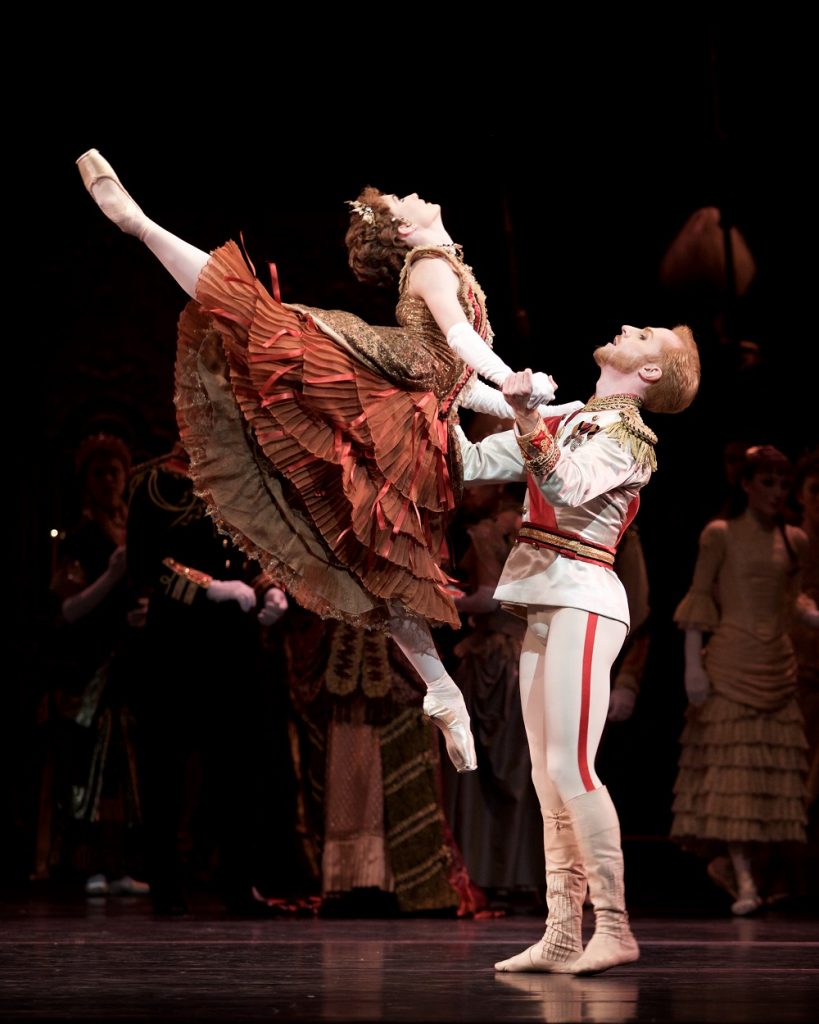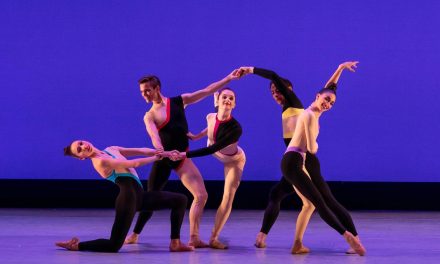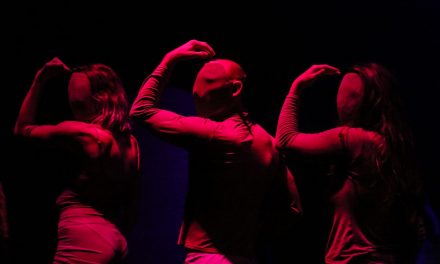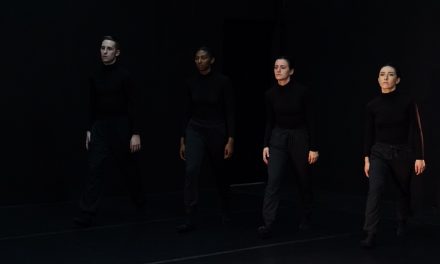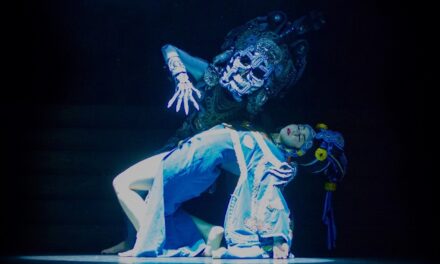Friday July 5, 2019, at The Music Center’s Dorothy Chandler Pavilion, was an excitement, in more ways than one. Los Angeles welcomed the Royal Ballet after a 24-year hiatus. The brilliant Kenneth MacMillan’s dramatic ballet, Mayerling, was the gift for the evening, performed by a company of 50+ dancers of the acclaimed Royal Ballet. This being the company that made this work famous some 41 years ago. MacMillan’s Mayerling is the dark story of the 1889 Murder/Suicide of Emperor Franz Joseph and Empress Elisabeth’s Syphilitic and addicted son, Prince Rudolf, and his teenage paramour Mary Vetsera.
Rudolf is the central male character in Mayerling. Until Nureyev, it was most unusual for male dancers to take a prime position in most ballets. Ballets were primarily female focused. It is all too apparent that MacMillan’s requirement was that Rudolf be not only a dancer, but a partner of superhuman strength, an actor of extraordinary sensitivity, with raw masculinity, and psychological and artistic intelligence, as were the incomparable David Wall and Irin Mukhamedov.
The incredibly demanding and all-consuming role of Rudolf requires the performer to be on stage and dance three full Acts. Anyone who does this role needs the internal physical and emotional fortitude and pacing of a long-distance runner, the strength of a weightlifter, and the acting ability and timing of a Marlon Brando. How could we accept anything less after seeing the great David Wall and Lynn Seymour, MacMillan’s muse? This is a very high bar to climb. However, there was excitement in the air to see the compelling dancing and the dramatically facile Natalia Osipova, Russian ballerina extraordinaire, in Seymour’s role of Mary Vetsera.
Befitting of Royalty, the tale of the ill-fated Rudolf began with a wedding promenade of Austro-Hungarian Imperials and royalty, staged by Christopher Saunders. On Friday evening, the part of Rudolf was played by Ryoichi Hirano, in his stunning cream and peach military jacket, tights and boots donning gold epaulets, striding in with his new bride on his arm. His attractive strong male presence however seemed to struggle as the night unfolded. His often-uneven portrayal of this fallen creature attempted, yet was unsuccessful, at reaching the heights hoped for in this illustrious evening. He did not appear to recover until the third act. To be sure, the weight of the entire ballet was on his shoulders, but this role seemed a heavy burden for him.
The cast however, encircled and supported him, exquisite in their velvets, silks and furs, with a palate of gold, red, and brown tones, each couple more elegant than the next. They were surrounded by Nicholas Georgiadis’ ornate designs, luxurious lighting by John B. Read and accompanied by a full orchestra conducted by Koen Kessels leading the stormy music of Franz Liszt.
In the grand tradition of the Royal Ballet, the Corps and Character roles, so befitting of the company, were what we waited for 24 years to see. They were exquisite and so splendidly technical as to do De Valois and Mason proud.
Some of the highlights of the evening were the exciting Hungarian Officers, Cesar Corrrales, Nicol Edmonds, Tomas Mock, and Valentino Zucchetti with their exceptionally clean beats, tours, and leaps, created a jubilant respite to be savored in this dark elegiac ballet. As did the accomplished and lively Alexander Campbell and his delightful Bratfisch, Rudolf’s private driver and entertainer, who covered the stage with his self-assured command of technique and character.
The list of females influencing Rudolf’s neuroses were numerous, beginning with his inaccessible unloving mother, Empress Elisabeth, played so beautifully detached by Kristen McNally. His bride, the innocent and fearful, Princess Stephanie was played by diminutive Francesca Hayward. Both Hirano and Hayward executed amazing endurance in the First Act bedroom scene with Hirano’s athletic lifts and throws after threatening her at gun point. It was both remarkable and frightening, with the revolver seeming to come out of nowhere and lacked subtext, yet the lifts were brilliantly executed by both.
The excitement continued even through the intermission. In an appropriate celebration of the companies arrival, Los Angeles had a 7.1 earthquake which not only jolted and swung the Chandeliers of the elegant gold and red velvet theatre, but rattled audience’s nerves for a few moments with patron’s trying to decide whether to hide under seats or bolt for the exits. With a held curtain, most came back to see more of this classic dark tale.
The second act opened with a visit to a notorious local tavern, patrolled by police. The vivacious Marianella Nuñez, who played Mitzi Caspar, Rudolf’s regular mistress and a high class prostitute was scintillating and comely as she flirted not only with the men of the tavern, but with Rudolf escorting his young wife into the bar, and eventually with the police in the middle of a raid.
The enchanting Sarah Lamb as Countess Larisch, former lover of Rudolf, and lady-in-waiting to Empress Elisabeth, did a stunning job as the connection between Baroness Helene Vetsera’s (Elizabeth McGorian) 17-year-old daughter, Marie Vetsera (Osipova), Rudolf’s final lover.
However, in the Third Act, even the great Osipova, with her passionate portrayal of the young Vetsera appeared to be making love nearly by herself, since there was hardly a Rudolf there. In their third act, what should have been a passionate plea of Vetsera, as she crawled towards Rudolph on her stomach, dragging and winding herself through the very chair where he sat shooting morphine, seemed a pitiful exercise. His intermittent caressing of his treasured scull, accompanied by his revolver, attempted to indicate his deep dance with death (To be or not to be). Surprisingly, he lifted his gun, without context, and threatened the young women he loved. The action felt hollow and meaningless with lack of connection and development. Each empty action made the need and hope greater for some subtext that never seemed to come before their shocking demise. However, with the roar of Bravo’s as the curtain descended, the audience appreciated the still artful and historic revamping for Los Angeles.
This was an important trip across the pond. We can only assume with a company of 100 dancers, orchestra members, costumes, and large sets, the expense could only be underwritten by very large donors. However, we would love to see the Royal Ballet more often than a generation, so the Los Angeles dance aficionados will again be thrilled with some of the very best in ballet and able to share its history with our children, if only for posterity sake.
Written by Joanne DiVito for LA Dance Chronicle, July 10, 2019
To learn more about the Royal Ballet, click here.
To learn more about Dance at The Music Center, click here.
Featured image: Lauren Cuthbertson and Thiago Soares in Mayerling – Photo by Helen Maybanks – Royal Opera House

